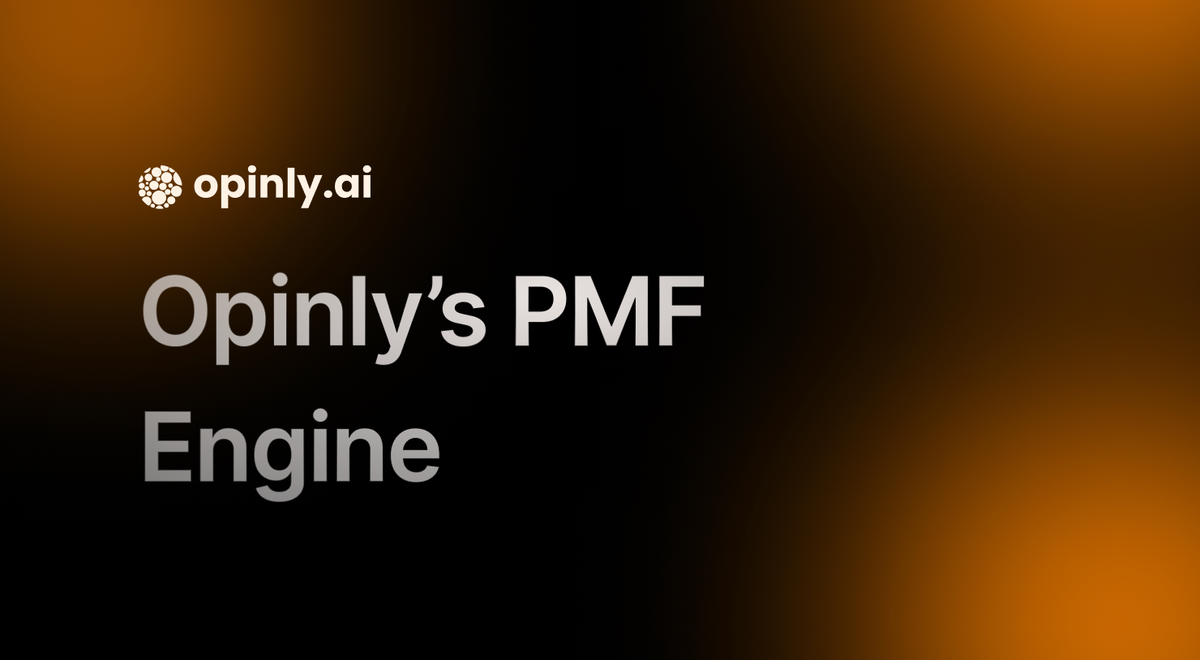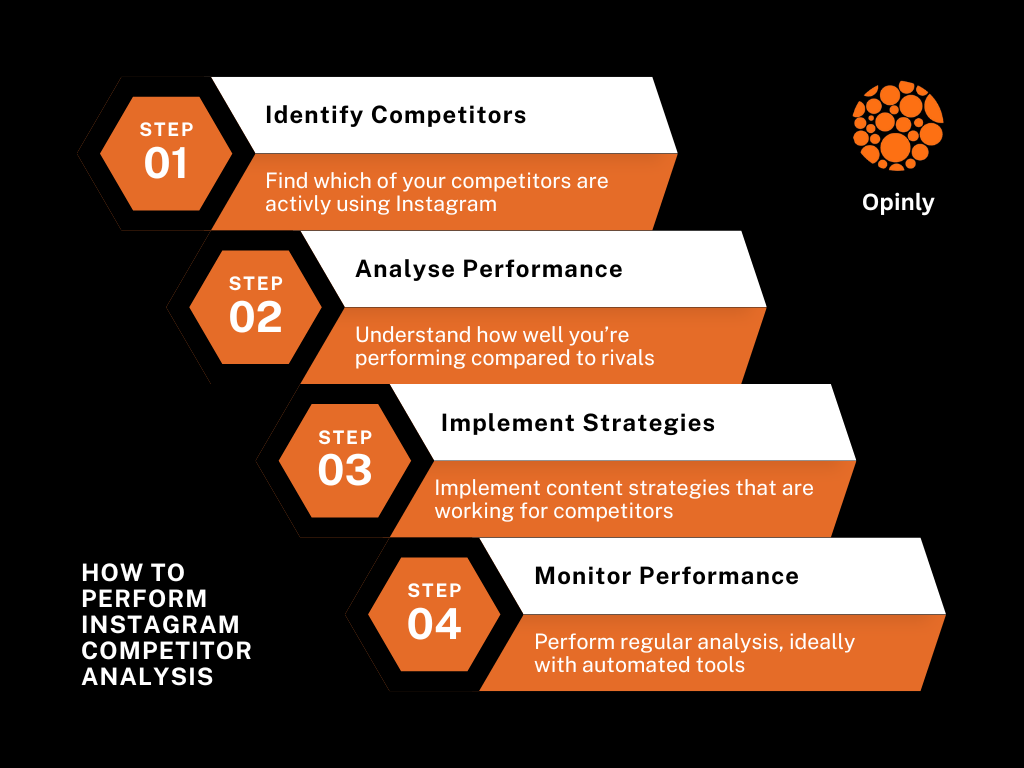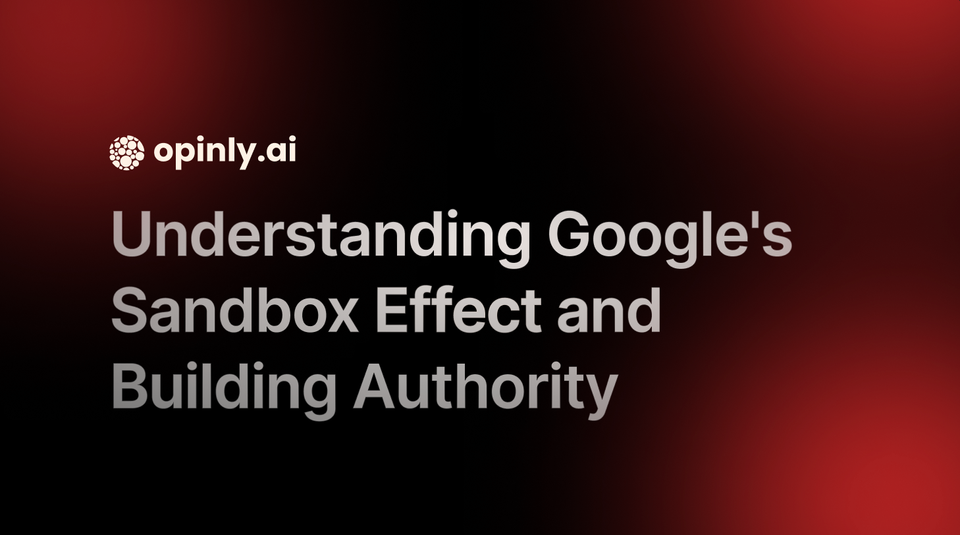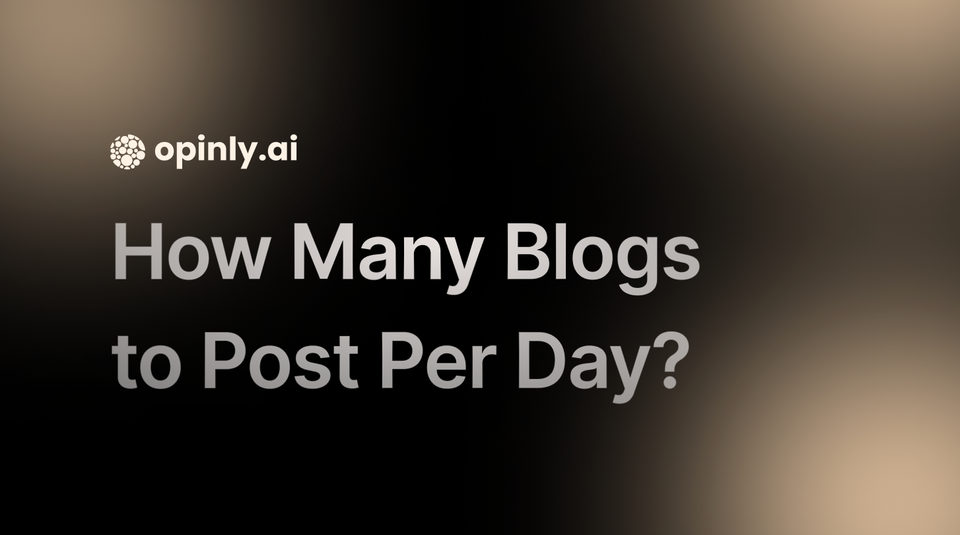How Opinly is Building an Engine to Achieve Product-Market Fit
At Opinly, we're using a structured PMF engine inspired by Superhuman to understand, measure, and enhance our product’s value. Our goal is to make Opinly indispensable to users by tracking real feedback.

At Opinly, achieving product-market fit (PMF) is our top priority, and we’re actively working toward it by using a structured approach inspired by Superhuman’s PMF engine. Superhuman’s process for systematically measuring, analyzing, and refining their product to better serve users provides a model that we’re adapting to Opinly. Here’s how we’re applying this method to achieve PMF.
Why Product-Market Fit Matters for Opinly
Superhuman’s experience underscores a key insight: PMF isn’t simply about building something people like; it’s about creating a product people feel they can’t do without. This resonates deeply with us at Opinly. By focusing on a measurable PMF engine, we aim to gain clear indicators of where our product meets — and where it falls short of — users' needs. With PMF as our primary goal, we’re building an approach that ensures Opinly is indispensable to our users.
Adopting a Measurable Approach to PMF
Following Superhuman’s lead, we’re using a survey-based approach to determine PMF. Inspired by Sean Ellis’s method, we ask our users a critical question: “How would you feel if you could no longer use Opinly?” According to Ellis’s findings, a PMF score of at least 40% “very disappointed” responses indicates a strong product-market fit. Tracking this metric gives us a clear benchmark to gauge Opinly’s value and chart our progress.
To gather these insights, we’re surveying a segment of engaged Opinly users, asking them:
- How would you feel if you could no longer use Opinly?
- What type of people do you think would most benefit from Opinly?
- What is the main benefit you receive from Opinly?
- How can we improve Opinly for you?
The responses we gather are guiding us in real time, allowing us to understand which features resonate most with users and where they feel improvements are needed.
Building Opinly’s Product-Market Fit Engine, Inspired by Superhuman
1. Segmenting High-Expectation Customers
Superhuman’s PMF engine emphasizes the importance of focusing on high-expectation customers (HXCs) — users who would be “very disappointed” if they could no longer use the product. At Opinly, we’re adopting this approach to identify users who see the most value in our platform. By zeroing in on these HXCs, we can refine our development efforts to meet the needs of those who depend on Opinly the most and are likely to become our strongest advocates.
This segmentation allows us to prioritize product improvements that deepen our connection with these users and help ensure Opinly meets their high expectations.
2. Analyzing Feedback to Increase Engagement
Superhuman’s process highlights the value of understanding why users love a product and what may hold them back. At Opinly, we’re diving into feedback from our “somewhat disappointed” users to identify specific ways to convert them into loyal advocates. We categorize this feedback into two groups:
- Users who align with Opinly’s main benefits: These users appreciate Opinly’s core features but indicate areas for improvement that could enhance their experience.
- Users whose primary needs don’t align with our core: We deprioritize feedback from this group, as they may not find lasting value in Opinly.
This segmentation allows us to act on feedback that aligns with Opinly’s strengths, creating a roadmap that focuses on actionable improvements for those on the verge of greater loyalty.
3. Shaping Opinly’s Roadmap Around PMF
Superhuman’s roadmap method involves balancing efforts to improve core strengths while addressing specific areas for growth. At Opinly, we’re structuring our roadmap around these same principles, focusing on:
- Doubling Down on Core Strengths: We’re enhancing features that align with the benefits our HXCs value, including:
- Enhanced Analytics Tools: Improving data accuracy and expanding reporting options.
- Seamless Integrations: Ensuring Opinly works effortlessly with other platforms our users rely on.
- User Interface Enhancements: Making the platform faster and more intuitive.
- Addressing Key Feedback Areas: We’re prioritizing areas that can convert “somewhat disappointed” users into advocates, including:
- Advanced Reporting Features: Providing more customization and flexibility.
- Enhanced Customization Options: Allowing users to adapt Opinly to their specific workflow needs.
This structured roadmap gives us a balanced approach, helping us serve our most engaged users while strategically addressing friction points.
4. Making PMF Our Most Important Metric
Superhuman’s journey emphasizes the value of using PMF as the guiding metric. At Opinly, we’re tracking the “very disappointed” score as our primary indicator of PMF, ensuring it’s visible to the entire team. By keeping this metric front and center, we align everyone at Opinly around our goal of increasing product value and user satisfaction.
This approach allows us to monitor how each improvement impacts PMF, giving us a clear picture of our progress and helping us stay focused on the right priorities.
Conclusion
By building a PMF engine inspired by Superhuman, we’re creating a structured process to understand and enhance Opinly’s appeal to our core audience. This approach helps us move from abstract goals to concrete actions, transforming user feedback into an actionable plan for long-term success.
For Opinly and other startups, building a product-market fit engine based on user insights can drive sustainable growth and position a product as essential to its users.




